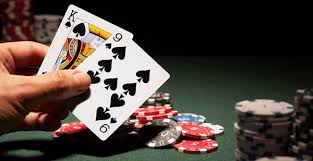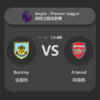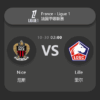“Dragon Flying and Phoenix Dancing” is a baccarat betting technique inspired by the Chinese cultural imagery of “dragons and phoenixes in harmony,” symbolizing dynamic flow and strategic balance. The name reflects a philosophy of fluidity in trend, where offensive and defensive decisions are made with precise timing. This approach emphasizes three core principles: following trends, recognizing patterns, and managing bankrolls — making it particularly suitable for intermediate to advanced players aiming for consistent profits.
Dragon Flying and Phoenix Dancing: A Strategic Baccarat Betting Technique

Core Strategy
1. Pattern Recognition: Dragon vs. Phoenix
The foundation of this strategy is identifying the dominant trend early in the game by tracking the first 10 hands. There are two main scenarios:
- Long Dragon (Trend): A sequence of consecutive Banker or Player wins.
- Jump Dragon (Alternation): A zig-zag pattern of alternating outcomes.
Once the trend is confirmed, players should follow it — e.g., continue betting Banker after three consecutive Banker wins. This represents the “dragon in motion.”
2. The Phoenix Shift
When the game begins showing unstable formations, such as:
- Patterns like “Banker-Banker-Player” or “Banker-Player-Banker”,
it may signal the end of a trend — known as the “phoenix shift.” At this point:
- Pause betting.
- Wait for a new, clear pattern to emerge.
This reflects the idea from the I Ching: “See the dragon in the field, it benefits to meet the great person.” In other words — ride the trend, but retreat when ambiguity arises.
Bankroll Management
Effective betting within this strategy requires dynamic bet sizing, often described as:
- Light-Heavy-Alternating Strategy:
- Increase bets slightly during streaks using a 1-2-3 progression.
- Reduce bets or pause when trend breaks or reversals are detected.
This minimizes risk during turbulent periods while maximizing gains during strong trends.
Conclusion
The real strength of “Dragon Flying and Phoenix Dancing” lies in its adaptability. It is not a rigid system of mechanical bets but a flexible strategic mindset that fuses pattern analysis and emotional discipline. By blending baccarat’s “mind skills” and “technical play,” players gain a competitive edge rooted in both insight and control.












